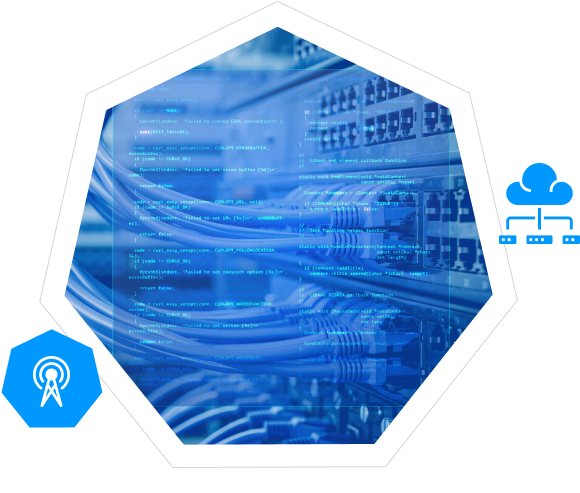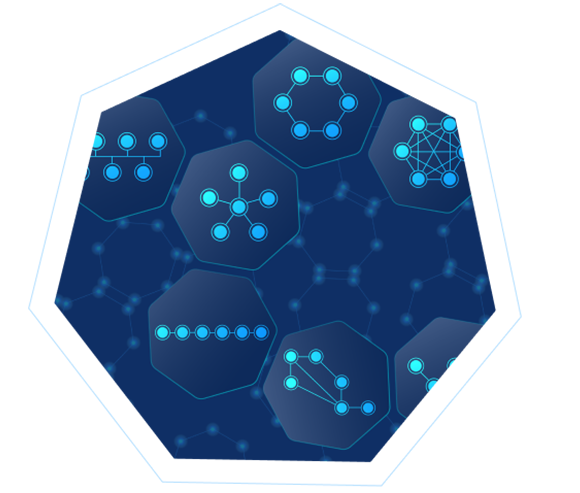
These changes also paved a way for more open-source software like network and switch operating systems that run on generic “bare-metal” network devices, partly replacing proprietary software stacks and removing dependence on vendor-specific features. Open-source operating systems create a possibility to tailor solutions for operator’s needs and easily innovate in networking software that was hardly accessible in the past. We, at Optime, offer software development services in SDN solutions on every layer, starting with Switch OS to high-level network applications development for visibility, analytics, configuration management, etc.

Common SDN Paradigms to Drive Innovation in Your Networks
Adopting Open-source
Solutions
Centralized
control plane
Programmability-based
network
A new level of
network visibility


Cases

Linux, Cavium Thunder X, Intel Xeon, C/C++, DPDK, ODP, Qt5, PHP, DB2, MySQL, NGINX

Linux, AIX, IBM Power5+, Cavium Thunder X, Intel Xeon, C/C++, DPDK, ODP, Qt5, PHP, DB2, MySQL, NGINX

Linux, AIX, IBM Power5+, Cavium Thunder X, Intel Xeon, C/C++, DPDK, ODP, Qt5, PHP, DB2, MySQL, NGINX